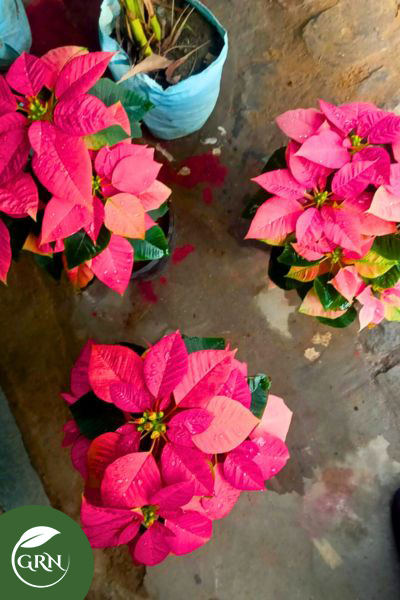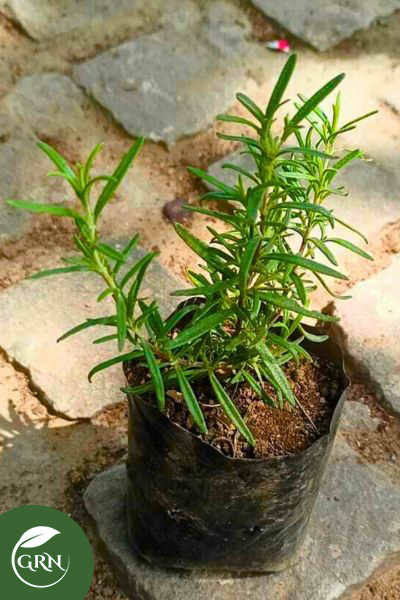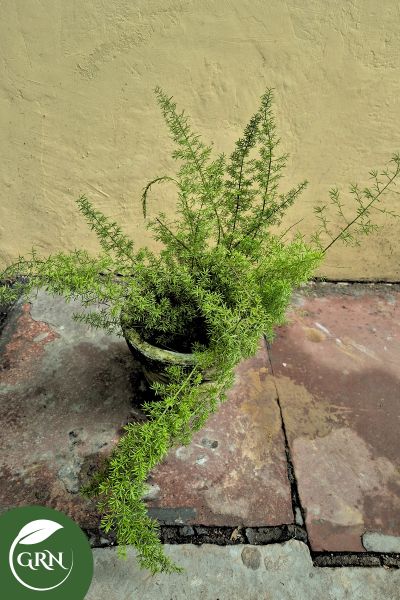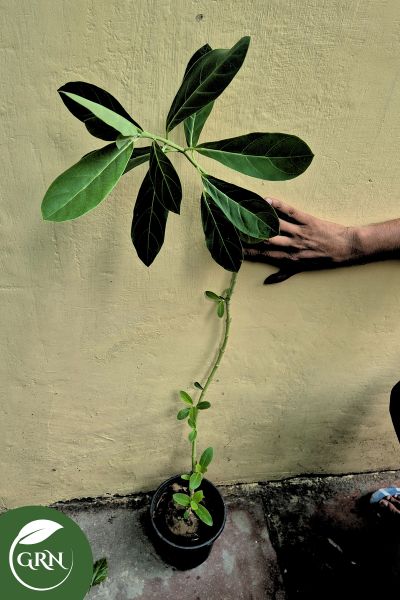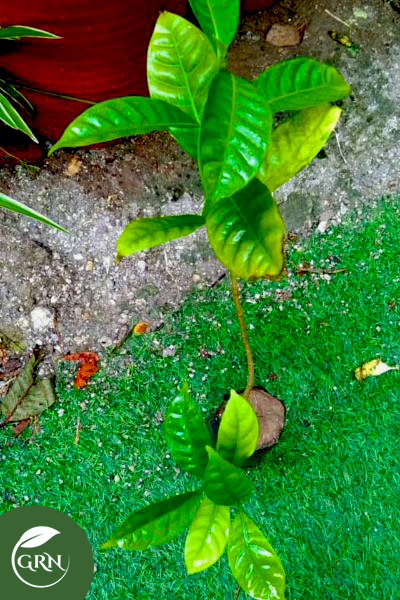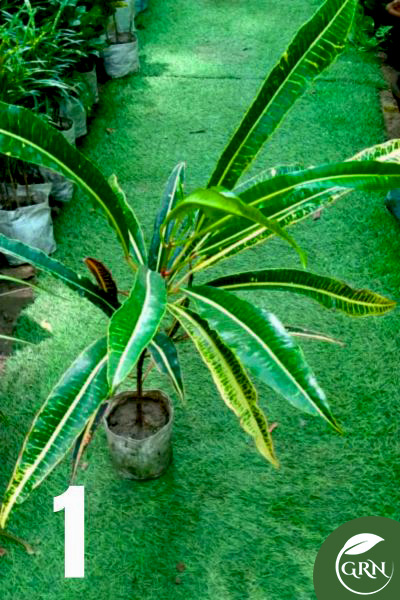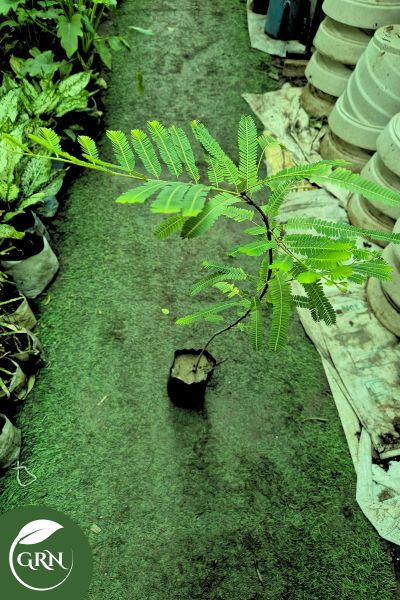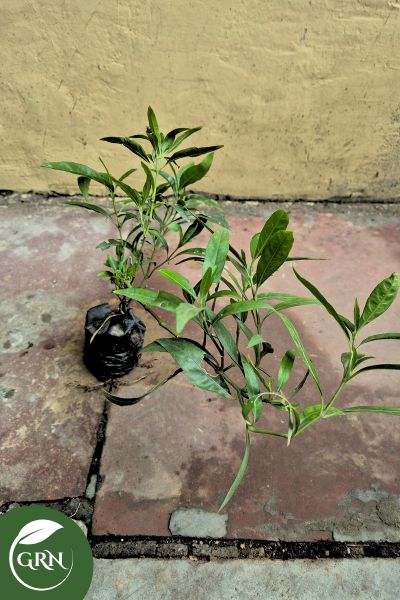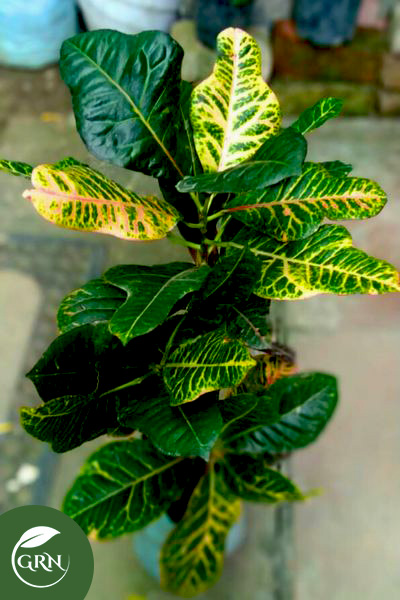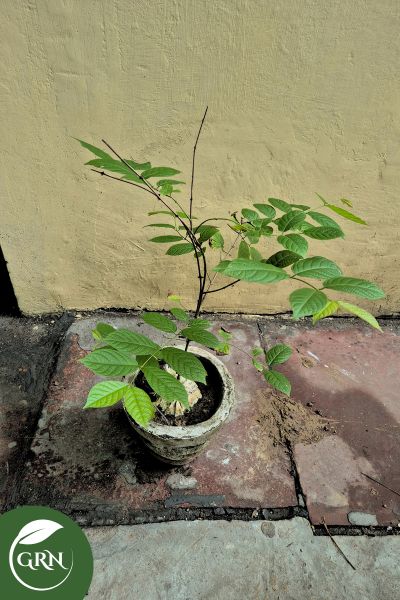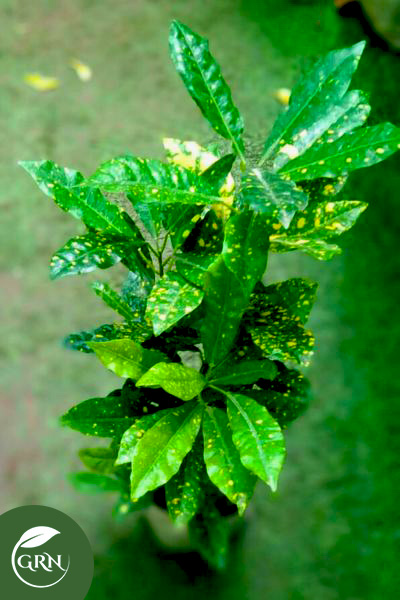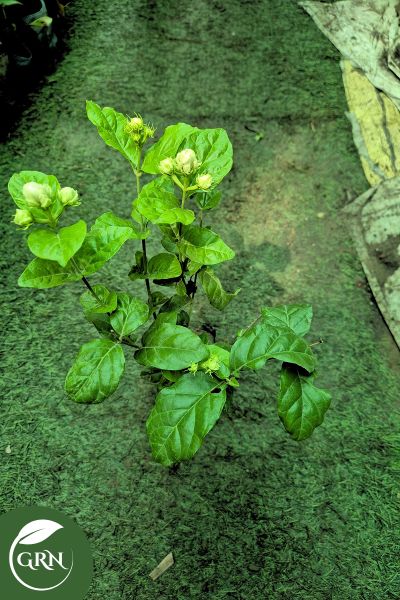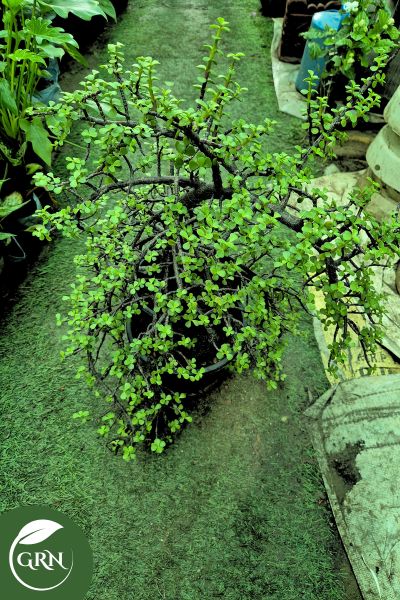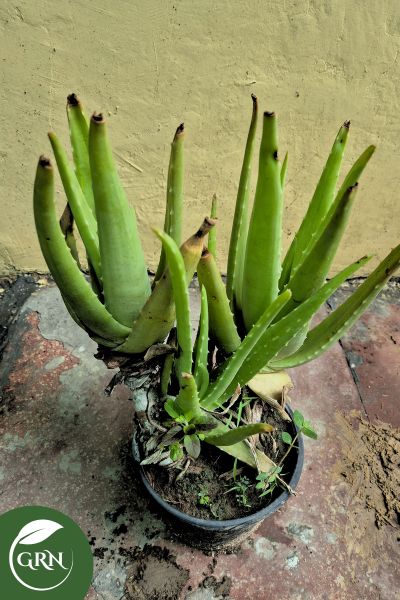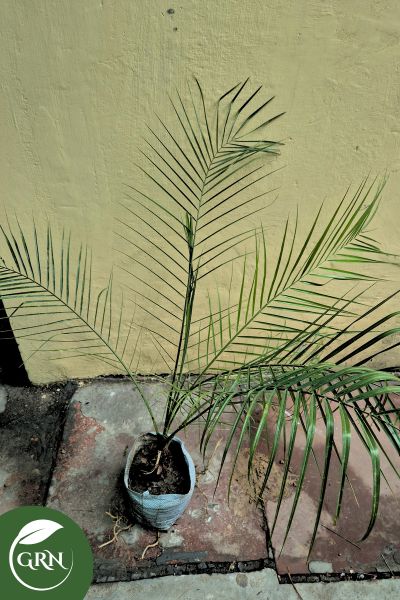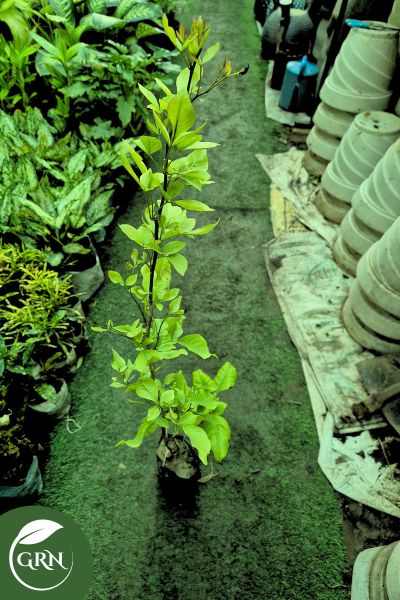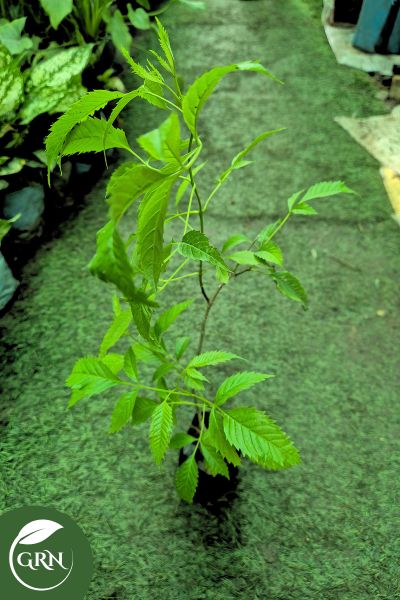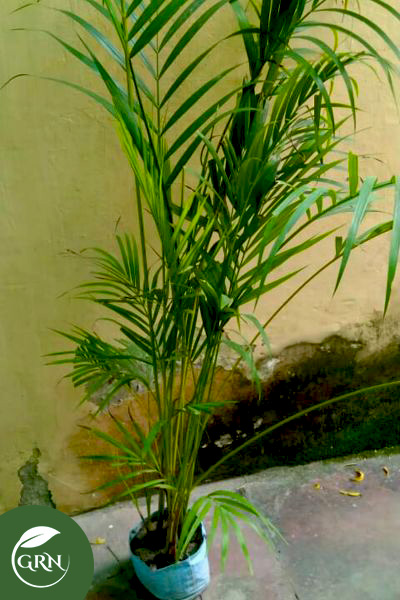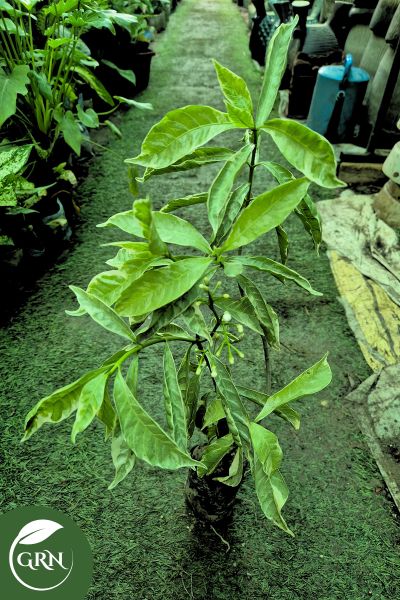Small Size Bonsai Trees (Japanese Plant)
₹300.00
Here are some key aspects of bonsai trees:
- Wiring: Bonsai Trees often use wire to shape and position branches and the trunk of the tree. This technique allows for precise control over the tree’s form and structure.
- Repotting: Bonsai plants need to be periodically repotted to prevent them from becoming root-bound. During repotting, the roots are pruned, and the tree is placed in fresh soil to provide the necessary nutrients.
- Styling: Bonsai trees can be styled in various ways, each representing a different natural tree shape. Some common styles include formal upright, informal upright, cascade, and windswept, among others.
- Watering and Fertilizing: Proper watering and fertilization are crucial for the health of bonsai plants. The watering frequency and fertilizing regimen depend on factors like the species, climate, and season.
Description
Additional information
| Choose Poly Bags / Plastic Pots / Cement Pots | Poly Bag, 6 Inch Plastic Pot, 10 Inch Cement Pot |
|---|


